Alphabet tracing Normal Worksheets for 7-Year-Olds
5 filtered results
-
From - To
Give your 7-year-old a head start in writing with our Alphabet Tracing Normal Worksheets! Ideal for building foundational handwriting skills, these worksheets help children practice letter formation in a fun and engaging manner. Each page offers clear, easy-to-follow tracing guides that ensure kids master both uppercase and lowercase letters while simultaneously boosting their fine motor skills. Perfect for classrooms and home learning alike, our worksheets cater to your child's pace, making learning both effective and enjoyable. Watch your child's confidence grow as they advance from basic tracing to writing letters independently. Foster early literacy success today!
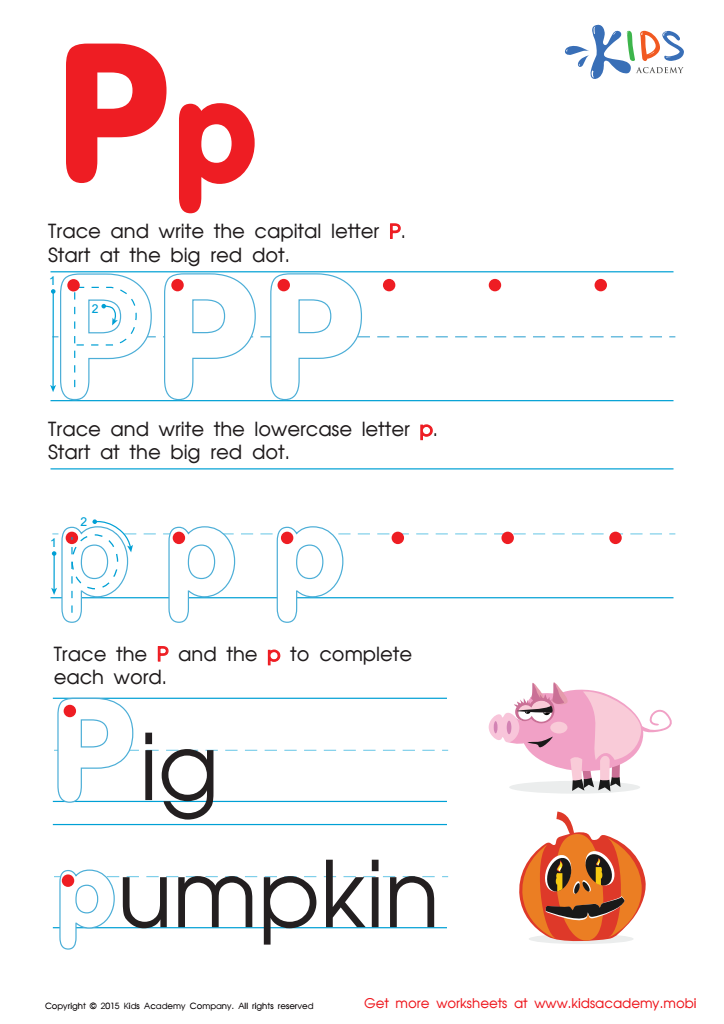

Letter P Tracing Page
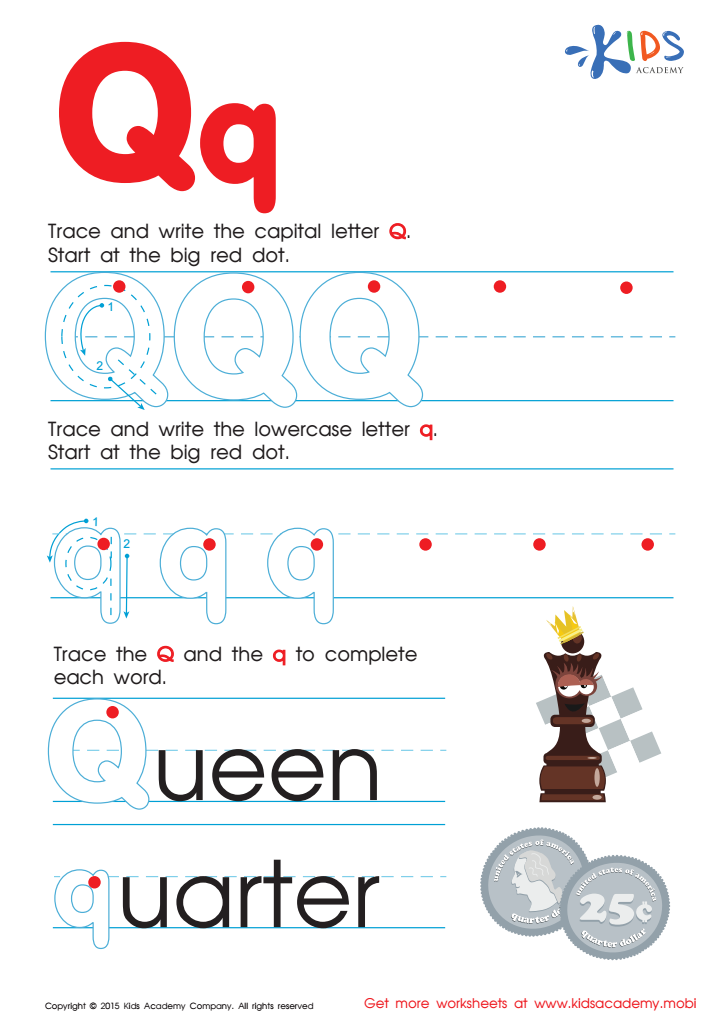

Letter Q Tracing Page
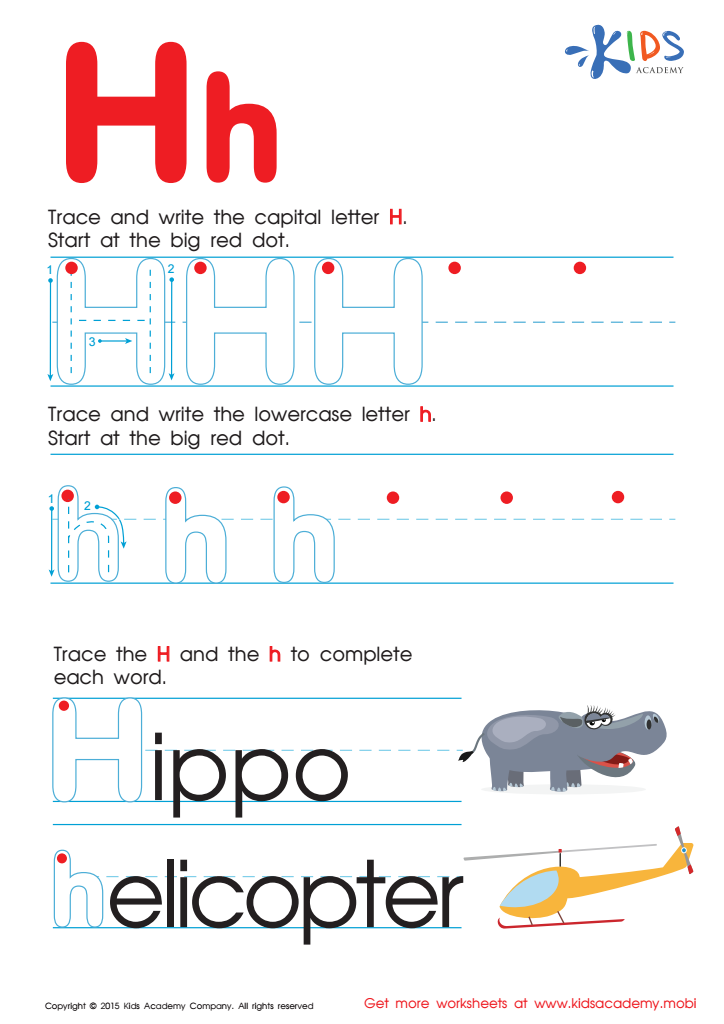

Letter H Tracing Page
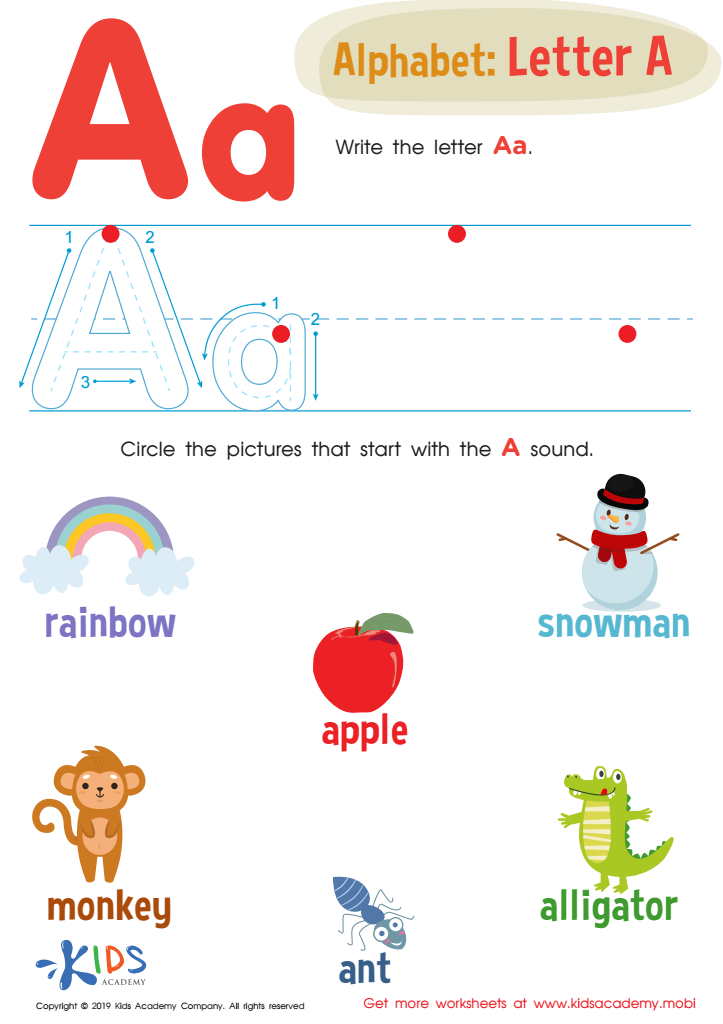

Letter A Tracing Worksheet
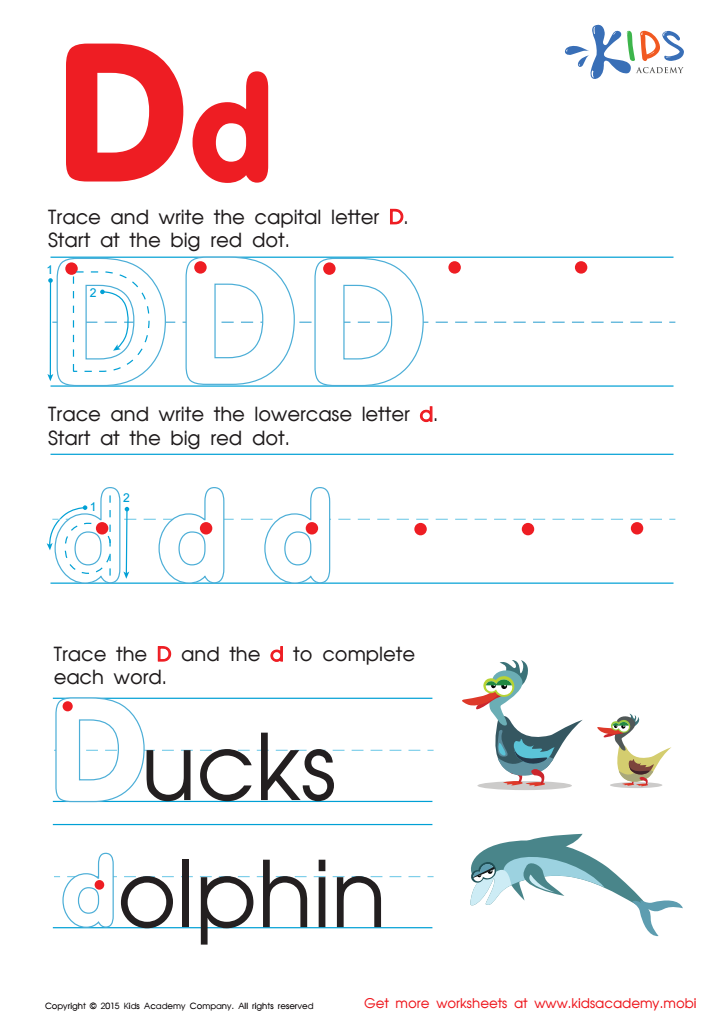

Letter D Tracing Page
Alphabet tracing is a foundational activity crucial for 7-year-olds, and parents and teachers should prioritize it for several important reasons. Firstly, fine motor skills development is significantly enhanced through tracing. By guiding a pencil along the lines of each letter, children strengthen the muscles in their hands and fingers, which is a precursor to proper handwriting.
Secondly, alphabet tracing solidifies letter recognition and formation. At age seven, children are transitioning from early literacy skills to more advanced reading and writing tasks. Tracing the alphabet reinforces the correct stroke order and helps them remember the shape and structure of each letter, making reading and writing easier and more fluid.
Moreover, the practice of tracing boosts concentration and attention to detail. As children carefully follow the outlines, they learn to focus their attention on tasks for extended periods, a skill invaluable in academic settings.
Lastly, tracing aids in the overall cognitive development of a child. It connects visual learning with kinesthetic movement, fostering a deeper understanding of the alphabet and written language. This, in turn, boosts their confidence and motivates them to engage more in educational activities.
In summary, alphabet tracing is fundamental not just for developing handwriting skills, but also for enhancing fine motor skills, concentration, and cognitive growth, thereby setting a solid foundation for future academic success.

 Assign to My Students
Assign to My Students





















